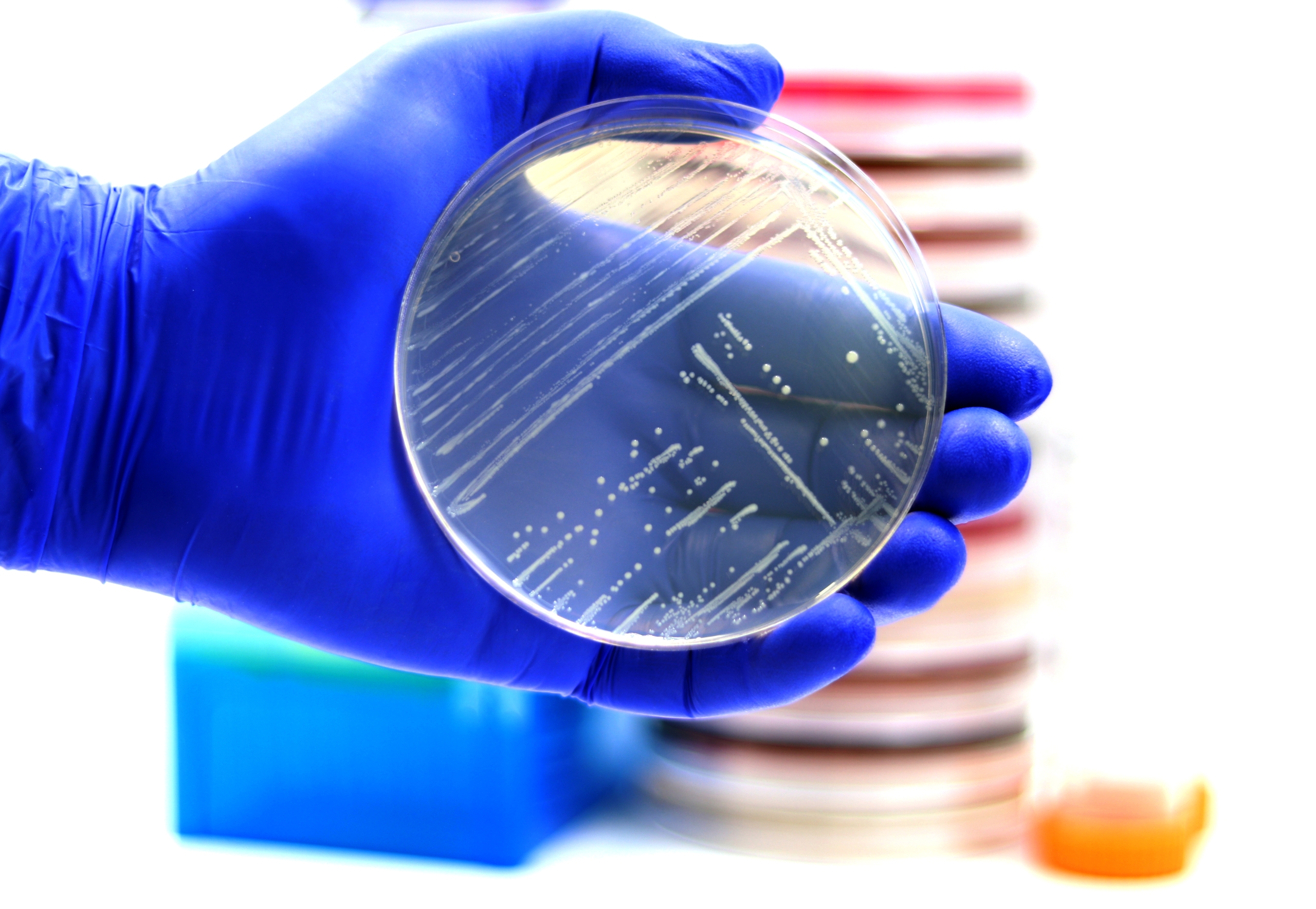Researchers exterminate food pathogen with blue light
Researcher have shown that blue light kills both dried cells and biofilms of the pathogen Listeria monocytogenes, a frequent contaminant of food processing facilities. L. monocytogenes causes the infection listeriosis. The extermination of L. monocytogenes occurred quickest when cells or biofilms were placed on polystyrene. The research is published in Applied and Environmental Microbiology [1], a journal of the American Society for Microbiology.
“These results contribute to advancing our understanding of the potential of blue light to treat inert surfaces contaminated with L. monocytogenes,” said corresponding author Francisco Diez-Gonzalez, Ph.D., Director and Professor, Center for Food Safety, University of Georgia. Although biofilms of pathogens are generally powerfully resistant to being exterminated, the results suggest that blue light could effectively destroy L. monocytogenes.
In the study, the investigators deposited liquid suspensions of mixtures of 5 strains of L. monocytogenes on small, sterile rectangular plates made of six different materials, including polystyrene, stainless steel and silicone rubber, which were then allowed to dry. The investigators also used similar plates to grow biofilms, which they also allowed to dry.
Then, they shined blue light onto the biofilms and onto the dried suspensions of cells on the plates to determine the most effective combinations of doses and wavelengths, as well as the most effective surfaces on which to exterminate the pathogens.
“The application of blue light for controlling microbial contamination has the potential to offer an additional technology that could complement existing methods for disinfecting surfaces in contact with foods,” said Diez-Gonzalez, noting that blue light has been used for disinfection in hospitals. Compared to ultraviolet light, blue light offers reduced risk for the user, he said.
Reference: 1. https://journals.asm.org/doi/10.1128/aem.01147-23




